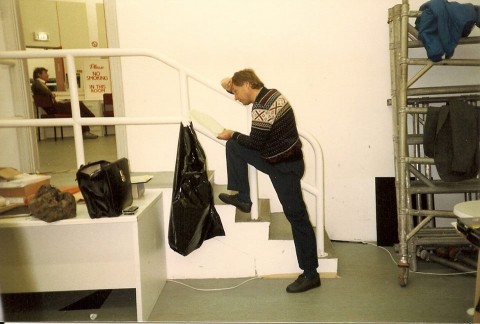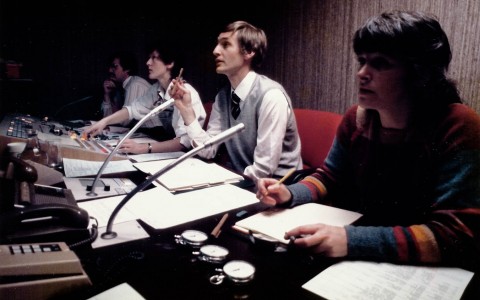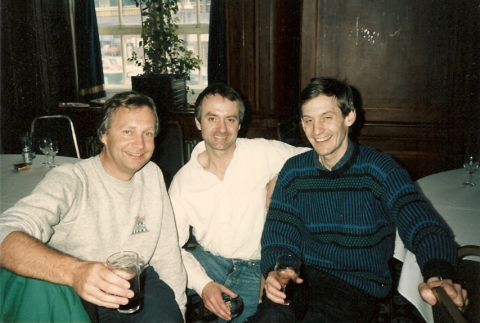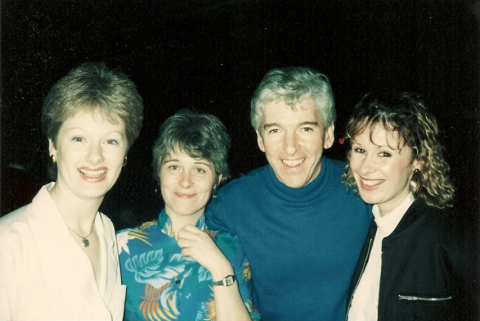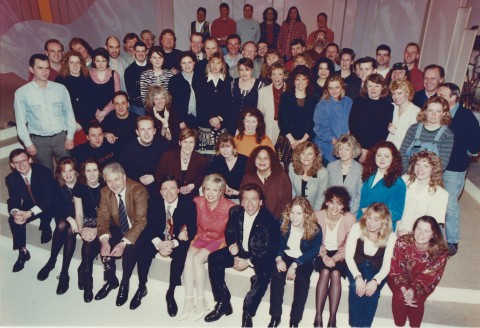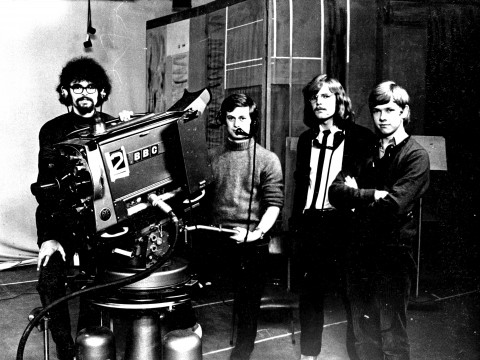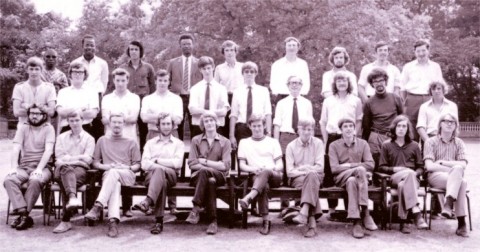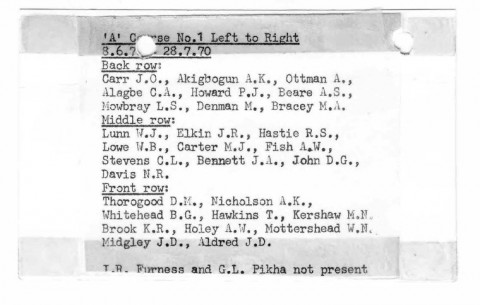That’s a classic Chris Wright pose. He would often wander off on his own to think things through prior to going into the gallery or scanner. Mind you, there was that time on a certain infamous edition of Pebble Mill At One when, dressed as a teddy boy, he leapt out of the director’s chair, to be replaced by Mark Kershaw, so he could dance a rock and roll routine downstairs, on camera, in the foyer. It worked a treat, except one of the prgramme guests had imbibed too much and went on air somewhat worse for wear. Consequently, the entire edition went under the microscope, and questions were asked in high places why the programme director was to be seen rocking and rolling with Josephine Buchan, the presenter. How do I know this? … I was Producer of what was our last show before Christmas in that particular year…circa 1984. Hope you don’t mind me mentioning this Chris. It still makes me smile.
Steve Weddle
The following comments were left on the Pebble Mill Facebook Page:
Jane Clement: ‘All the shows leading into Christmas were great fun. And – given the generosity of the green room – inebriated guests were not exactly a rarity, but never a big problem. I’m having a drink with Chris this afternoon, as it happens. We both live in the same city (Auckland, New Zealand) so I expect we’ll be reminiscing about old times.’
Steve Weddle: ‘I should stress that Chris was totally sober when he danced on the show. It was the guest who was was worse for wear! If Chris was a celebrity he would have been on Strictly by now!’
Ruth Kiosses: ‘Drunken guests! I want to know what they put in the audience’s tea? That warm-up guy telling the audience the cameraman would be like a rat up a drainpipe if legs weren’t kept together on the front row. Must have heard that over the monitor everyday for years! It always livened them up with giggles.’
Betti Moretti: I’ was a bit late to Pebble Mill… but I had so much fun there! I remember a particularly merry Pudsey Bear after a long Children in Need taking a tumble from top to bottom of the stairs into the green room where Anne & Nick were based… wiped a couple of people out at the bottom – Jeremy Paxman included… so many funny memories… happy days indeed’
